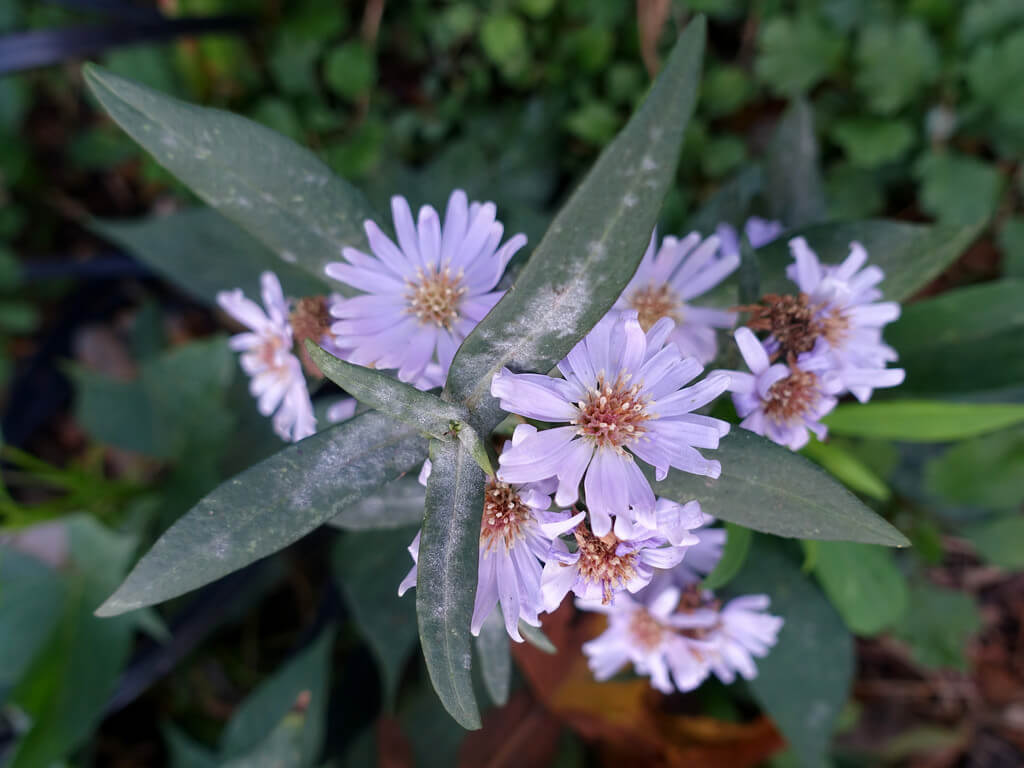Powdery mildew is a fungal infection that is common among plants. The disease is almost the same as the downy mildew. It’s also known as the white fungus that affects all types of plants.
It includes flowering, green, fruit, and vegetable plants. This disease disrupts a plant and its entire leaves. As a result, the growth of a plant gets disrupted. People aren’t aware of how the disease caught their plants.
In addition, they also don’t know how to get rid of white fungus on plants. The disease arises in the plants due to inadequate airflow, watering, sunlight, and fertilization. All you need is proper precaution.
In this blog, you’ll learn whether plants can recover from powdery mildew.
What is Powdery Mildew?
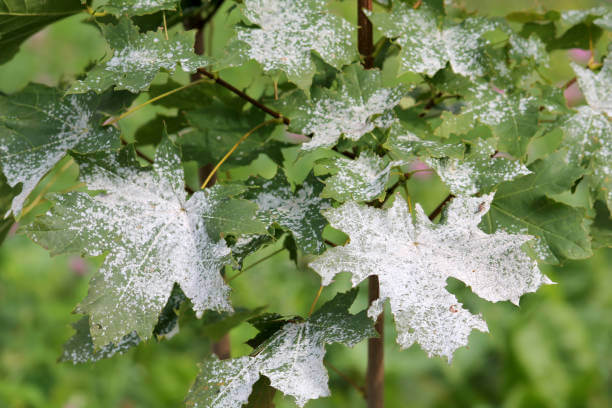
Powdery mildew is a serious fungal disease that occurs in almost all types of plants, like vegetables, flowering, green plants, etc. It is also known as white fungus.
This fungal disease disrupts the health of the plants, including its growth. It damages the leaves and the plant’s canes, roots, fruits, and flowers.
Lack of air circulation and excessive humidity are the main reasons a plant gets affected by powdery mildew. Besides these, harmful pest attacks also cause fungal infections.
Sometimes, inadequate watering, insufficient fertilization, inappropriate sunlight, and low soil conditions also lead to this white fungal disease known as powdery mildew.
What Causes Powdery Mildew in Plants?
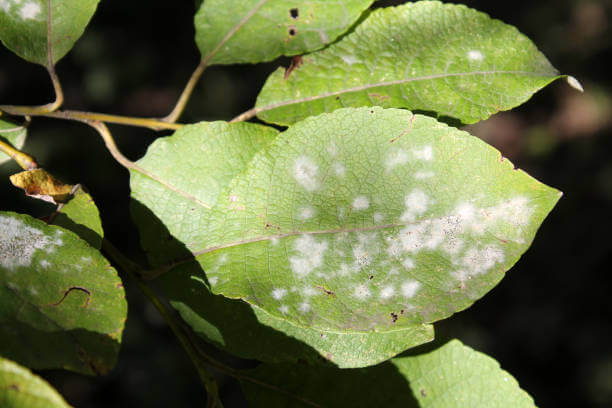
For several reasons, your plant gets caught by powdery mildew or white fungus. It includes pest attacks damaging its foliage, cane, flowers, or fruits. Another main reason for this fungal disease is the lack of air circulation. Sometimes, the plant may not be receiving adequate air circulation.
As a result, the humidity level increases. Later, it dries out the plant’s leaves, ultimately creating white fungus on the plant. It’s known as the powdery mildew. It’s almost similar to the downy mildew. Apart from air and humidity, the lack of essential elements also causes powdery mildew to the plants.
A plant requires sufficient water to grow effectively in the soil. However, sometimes under or overwatering damages the entire process.
This is another reason that a plant suffers from this fungal disease. Besides these, inadequate sunlight also creates the same situation. A few plants require full sunlight, but a few require partial.
Too much or less sun’s rays dry the leaves, which leads to white mildew. Aside from that, inadequate fertilization can also cause white fungal infection in the plants. Without fertilization, the soil and the plant lose its nutrient. It also leads to powdery mildew.
Remedies to Get Rid of Powdery Mildews on Plants
Yes, the plant can recover from the powdery mildew. All you need is a few medications as follows:
1. Make Space for Air Circulation
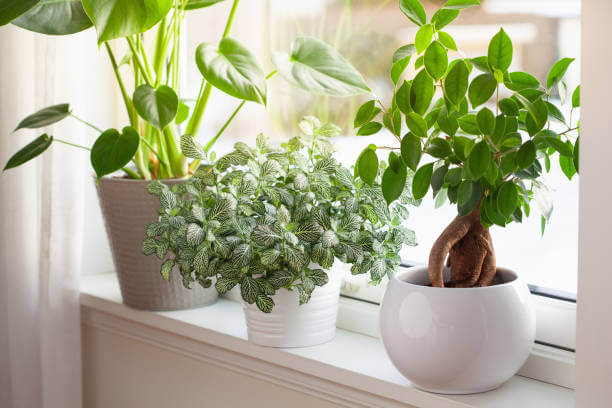
The lack of airflow damages the leaf’s foliage, producing powdery mildew. It creates a white fungal infection on the plant. Thus, to mitigate this, you must keep them in a place where they are gaining proper airflow.
It also mitigates the high humidity level inside the plant, which leads to white fungus disease. Make room for good air circulation.
2. Provide a Room for Sufficient Sunlight

Sometimes, the plant may not receive proper sunlight. Lack of sunlight decreases any plant’s metabolism, leading to powdery mildew disease. Thus, keep your plant in a proper place where it receives appropriate sunshade.
Contrarily, a few plants require partial sun rays to grow. Too much sunlight can damage their foliage. In this case, make adjustments for your plants.
3. Adequate Watering
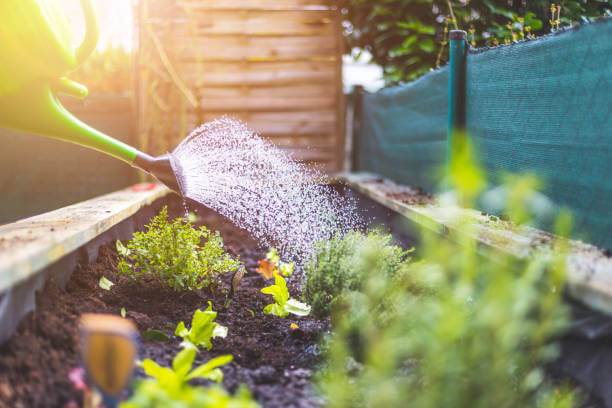
Watering is also a necessary step for any plant. However, overwatering can damage the soil and the plant’s growth. Conversely, underwatering can also decrease your plant’s growth and dry its leaves.
Insufficient watering can lead to powdery mildew. So try to provide your plants with adequate water, neither too much nor too little.
4. Ensure Soil Care
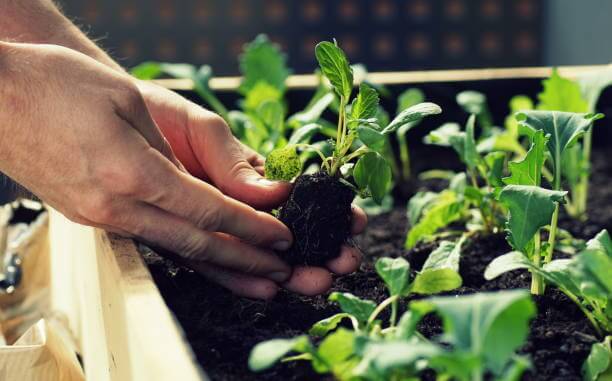
The soil is the backbone of any plant. It helps a plant to receive its nutrients and grow effectively. Sometimes, the soil itself loses its acidic level. So, provide the soil with proper water and fertilizer.
In addition, if you find the soil loses its nutrients, change the plant’s place.
5. Protection from Pests
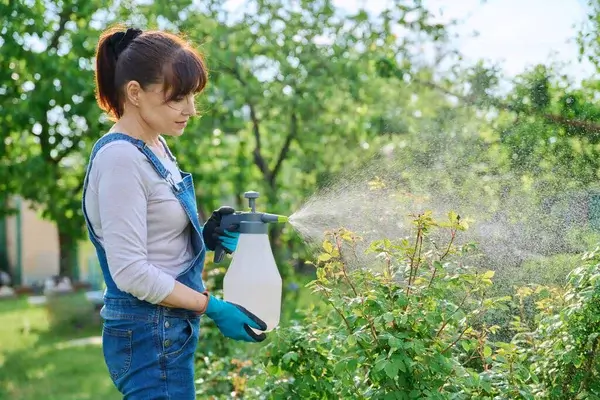
Apply anti-pest spray or fertilizer to the plant, including its leaves, canes, and other areas. The harmful bugs and pests also create powdery mildew on the plants.
Use neem oil, clove essential oil, garlic oil, citrus oil, lavender essential oil, and other anti-pest sprays to eliminate harmful insects.
6. Pruning or Trimming
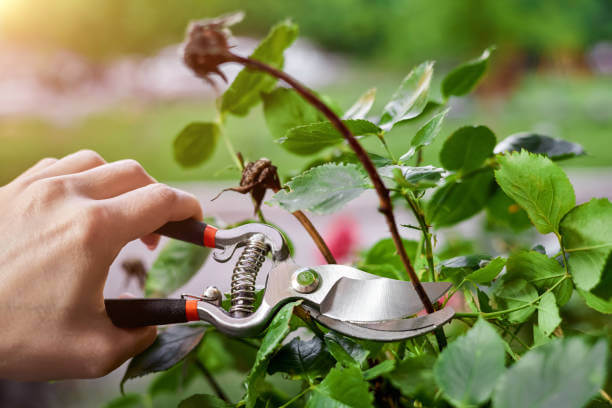
If you find any of your plants’ areas, such as leaves or flowers, affected by the disease, don’t wait. Remove the affected part as soon as possible.
You can do this by pruning or trimming the leaves or the affected areas. It also helps you maintain a plant hygiene level.
7. Fertilizing
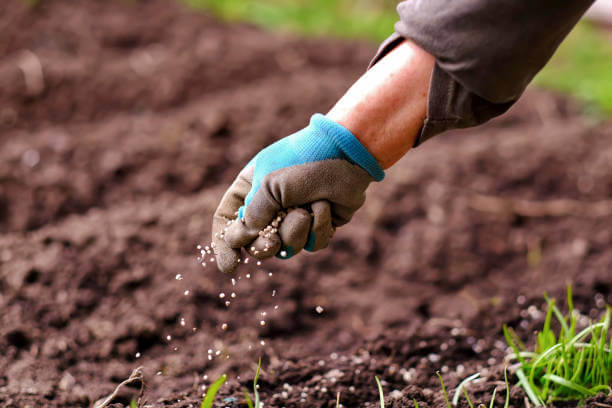
Fertilization is an important process to keep your plants safe from powdery mildew. Use fertilizers frequently to provide nutrition to the plant and the soil.
If you see your plant has been affected by the disease, remove the part by pruning. After that, fertilize the entire plant and the soil.
Conclusion
With proper medication, you can assist your plants to recover from the white fungal disease known as powdery mildew. They occur due to insufficient air circulation, care, and natural elements like sunlight and water.
However, if you provide them with appropriate airflow, sunlight, and water, you can save your plants from the disease. In addition, fertilize them frequently to avoid pest attacks and maintain the soil pH and acidic level.
Thank you for reading this blog. You’ve finally learned whether the plants can recover from powdery mildew.
Please let us know in the comments if you still have any queries.

